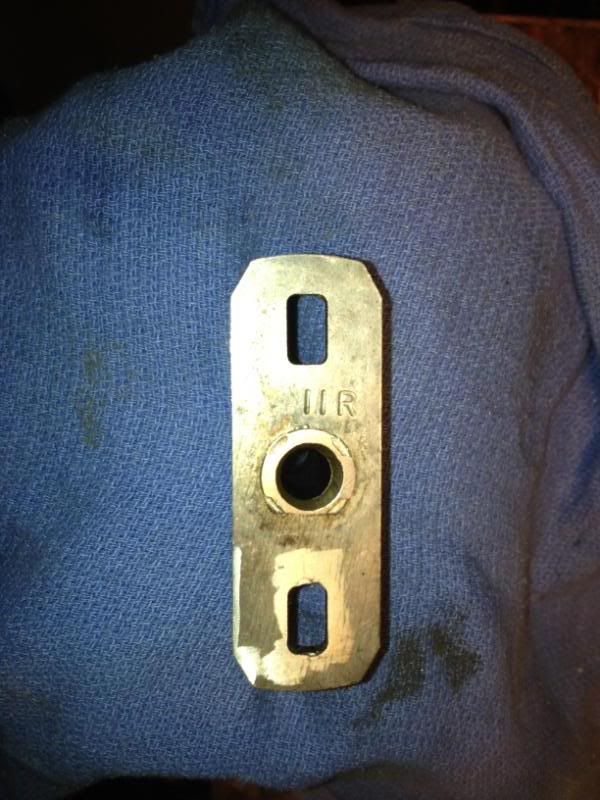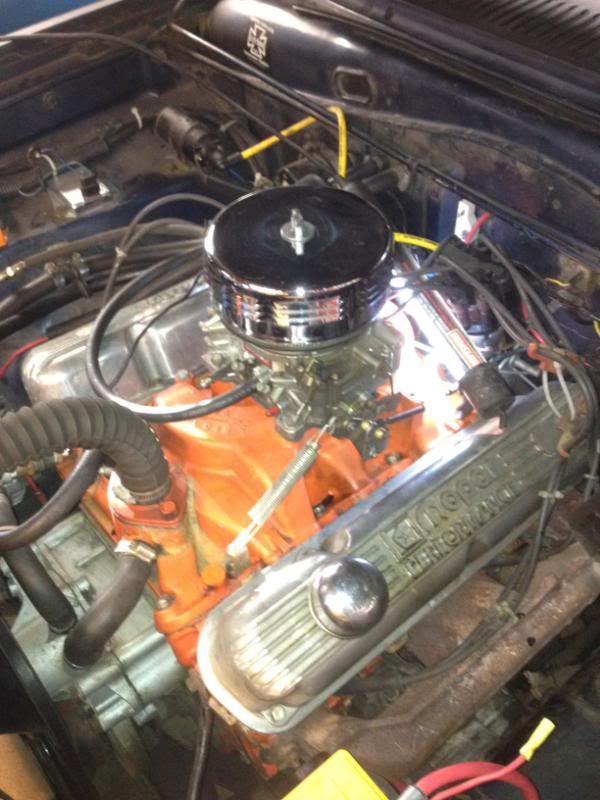so the mechanical advance plate is setup to put 30 degrees of mechanical timing in. You'll have to limit them (weld in some stops) especially since you have made them even longer. Currently you have 12.5 initial and 55 degrees total (initial + mechanical no vacuum advance) so that means the plates now let 42.5 degrees of mechanical advance in. You'll have to limit the plates to get a total timing of 32-36 degrees (initial and mechanical no vacuum advance), so limit the plates to 20-22 degrees . That should take care of your pinging issues. It might be easiest (if you have the money) to buy a new mopar performance distributor from summit racing.
If the numbers the OP posted is accurate you are right.
I still say, "start from square one.";
Get or make a piston stop and figure out where TDC is. A guy in good physical shape should be able to do this in 1/2 hour.
For the moment, disconnect and plug the vacuum and forget about it for the time being
Then set total timing at (for test) 35 if you are sure you have accurate markings, and at the end, REV the engine up quite high to be sure it's "all in." Some "stocker" distributors have REAL stiff springs, and the LONG slow advance is not in until quite "late" (high RPM)
Then get the thing to idle as slow as it will go and see where the mechanical retards to.
I'm not sure I understand why this is called a "performance" package if the advance is a long as it seems to be.
I agree, if the plate is marked 15, that is probably "distributor degrees" which would be 30 at the crank. Way too long for a performance curve.























